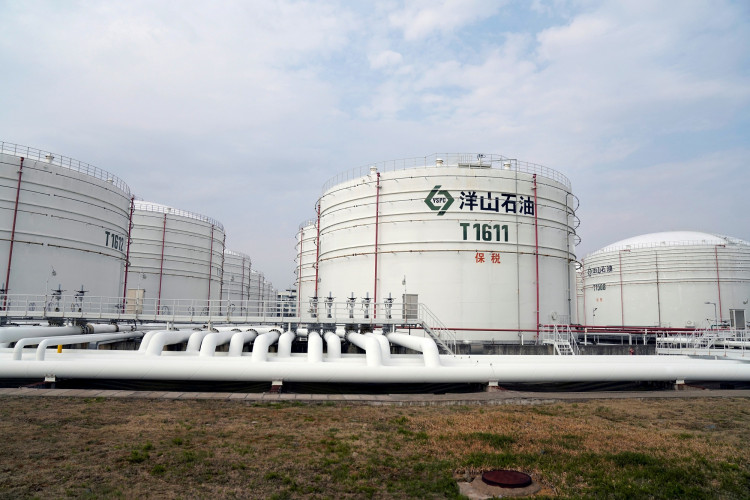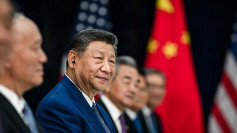Major state-owned oil producers in China are expected to reduce spending on new projects and cut production amid the global oil price slump. According to industry experts, the same companies could also end up paying smaller dividends to its shareholders this year as they struggle to keep their profits in the green.
Following the collapse of the multi-year pact between OPEC and Russia, oil prices worldwide have dropped to its lowest level in over four years. The West Texas Intermediate benchmark (WTI) dropped by over 33.8 percent on Monday to only $27.34 per barrel. This was the biggest drop the index has ever experienced in over 29 years.
With the collapse in negotiations, Saudi Arabia had promptly slashed its oil prices and announced that it would be increasing its average daily output next month. Other Middle Eastern producers have also announced the removal of production limits, increasing concerns over an all-out price war in the coming months.
During the recent OPEC meeting, the market was expected a decision to cut oil supply to manage global prices. Unfortunately, Russia had rejected OPEC's call proposed production reduction. With the breakdown in negotiations, both OPEC and Russia are expected to fight for market share by flooding the market with more capacity.
To offset potential losses, state-owned Chinese oil producers PetroChina and China Petroleum & Chemical or Sinopec are expected to cut production by as much as 2 to 3 percent this year. Both companies had made the same decision during the last oil crisis in 2014 and this year could be no different.
In line with the expected cuts, analysts have slashed both companies' earnings per share forecasts for the entire year. PetroChina is expected to have 61 percent decreased earnings this year. Sinopec is expected to have a 41 percent cut in its earnings, while CNOOC's earnings are expected to be cut in half. All of the companies' stock prices in Hong Kong slid following the collapse of the pact between Russia and OPEC.
Industry data currently pegs PetroChina and Sinopec's break-even costs at around US$50 per barrel. If prices remain at their current levels, both companies could be facing substantial losses. Meanwhile, CNOOC's production costs stand at around $30 per barrel, which means that it will likely fare better during the crisis.
Analysts have pointed out that the combination of the oil price slump, the global recession, and the ongoing viral epidemic has placed a looming shadow over the outlook of major players in various industries. Major oil producers will likely need to adjust to correct oversupply, but without cooperation, it would likely take a few quarters before prices can be stabilized.






